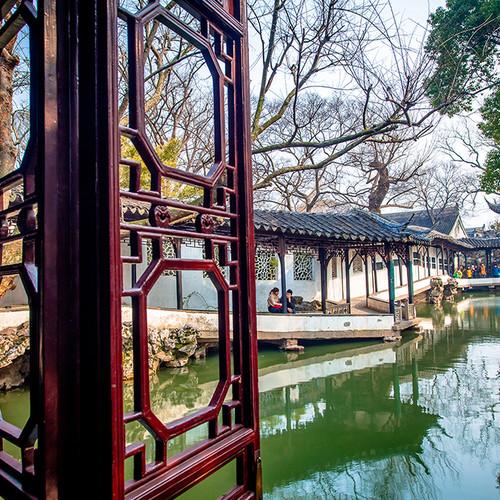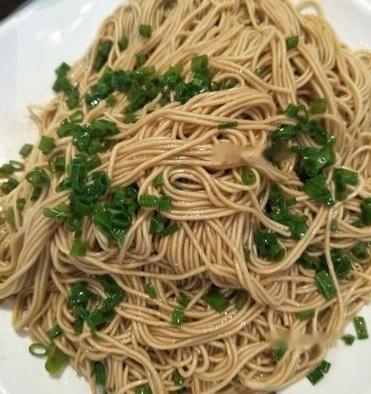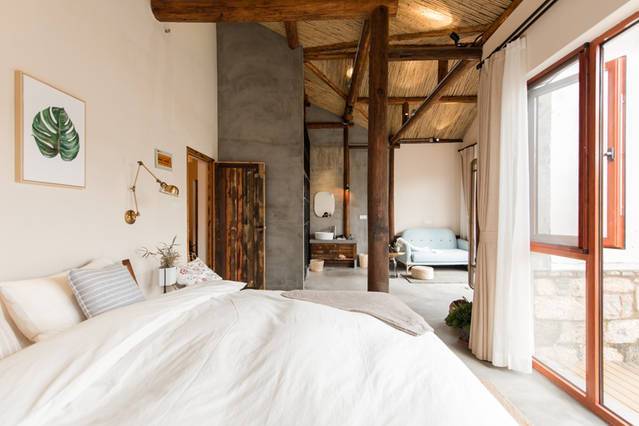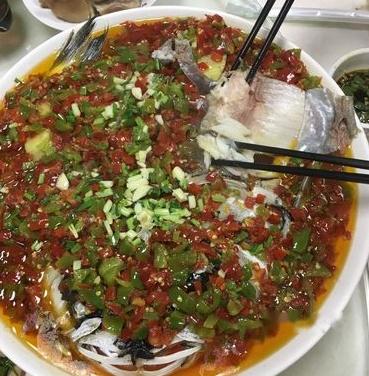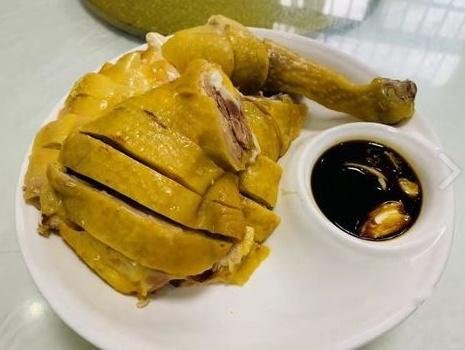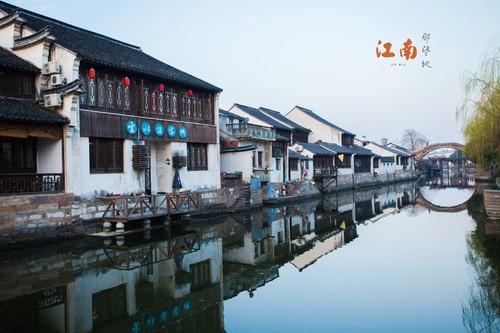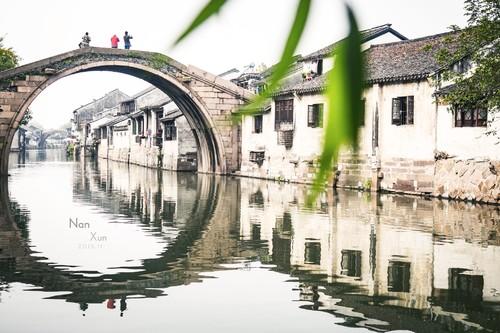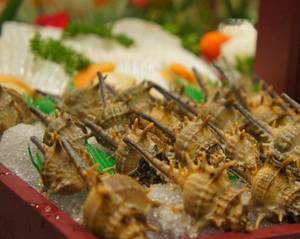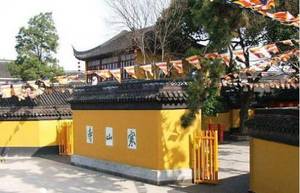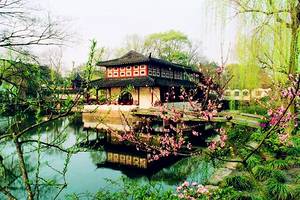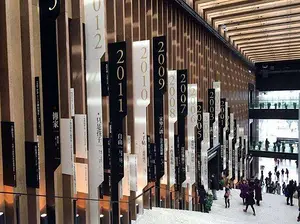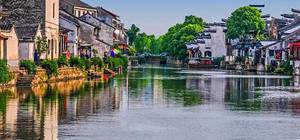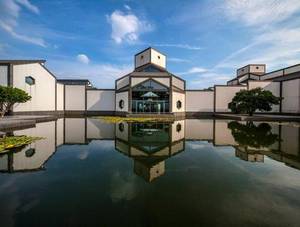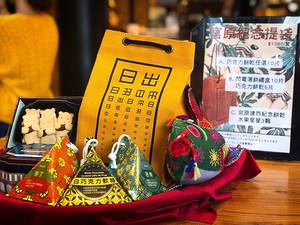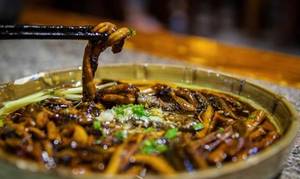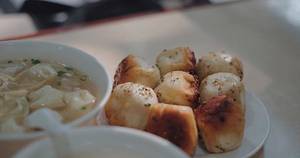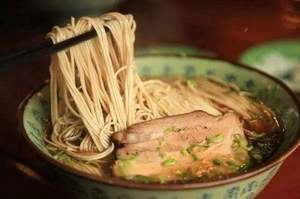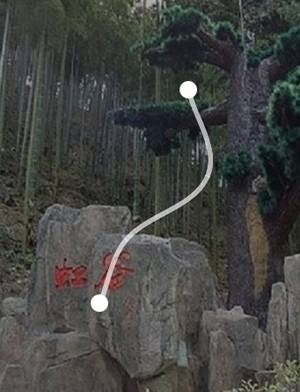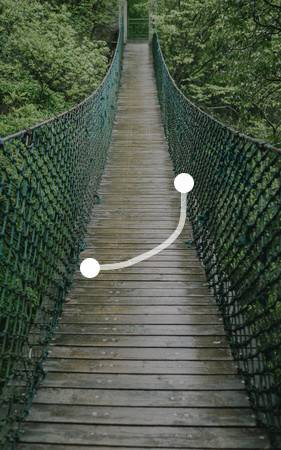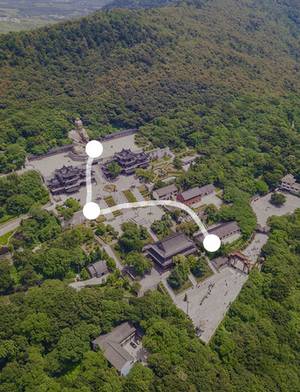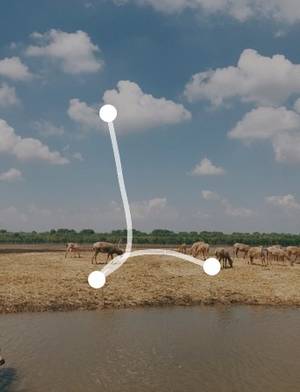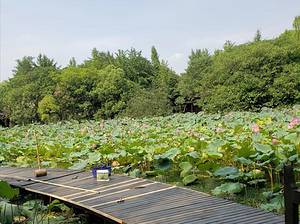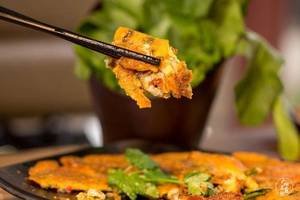Traverse the pastoral scenery and stream caves in Suzhou
4 cities |
15 attraction(s) |
total distance 111
km
 TIPS
TIPS
Day1
Day2
Day3
Day1: SUZHOU > Wuxi City > WUXI
5 attraction(s) ·
82 km
1
The largest representative classical garden in Suzhou, along with the Summer Palace in Beijing, the Mountain Resort in Chengde, and the Lingering Garden in Suzhou, is renowned as one of the Four Famous Gardens of China.
1
km
2
The location is on the east side of the Humble Administrator's Garden, easy to find. It has a spacious area and good service attitude. The taste of the dishes is good, especially the Braised Pork with Straw, and the prices are also affordable. It offers good value for money.
78
km
3
Yanshan Town is a famous "peach village" in China. Its unique natural climate and volcanic geological conditions make Yanshan peaches larger in size, beautiful in color, rich in fragrance, and sweet in taste compared to other peaches. When the peaches are ripe, they are abundant and attractive, hence known as "a unique sight in the South of the Yangtze River." Currently, there are over 20 varieties of peaches, which have been awarded the title of "China's only designated pollution-free peaches" at the 99th Kunming Expo and permanently named "Ba". In 1999, Yanshan Town was approved to establish a provincial-level forest park, and Yanshan Peach Science and Technology Demonstration Park was listed as an integrated economic development project for small towns by the National Development and Reform Commission. In 2003, Yanshan Town was named "Hometown of Chinese Peaches" by the Chinese Fruit and Vegetable Expert Committee.
2
km
4
The restaurant is located in a bamboo forest at the foot of Yangshan. It serves authentic rustic cuisine with fresh ingredients and a wide variety of dishes. The food is delicious, with a refreshing taste and appealing appearance. The specialty dish is big bone, which is similar to the braised pork bone dish in Northeast China but without soy sauce. The other dishes are likely local home-cooked dishes, each with a rich and tasty flavor. They have a light, slightly sweet taste. The service is also quite fast, and the prices are economical.
2
km
5
Day2: Wuxi City > WUXI > Wuxi City > WUXI
6 attraction(s) ·
25 km
1
Shanjuan Cave is located in the southwest of Yixing City, known as a famous limestone karst cave and is also the earliest open tourist cave in China.
1
km
2
The place is not far from Shanjuan Cave, the taste is very good, the environment is great and clean, the service is satisfactory, and there are signature dishes like chopped pepper fish head, wu mi rice, and wild mushroom, very delicious and excellent!
13
km
3
The scenic area is located in the southwestern mountainous area of Yixing, Jiangsu Province. It is a "natural ecology and ceramic culture tourist area" in the western part of the Taihu Lake tourism circle.
5
km
4
Dajue Temple is located in Yixing City, Jiangsu Province. It is a Zen practice site of the Linji sect of Chan Buddhism. It was first established during the Xianchun era of the Southern Song Dynasty by Zen master Zhining, and has a history of over 700 years.
6
km
5
The boss's wife is very enthusiastic, the fish head is substantial, the vegetables are freshly grown, the boiled chicken is tender, and it is a countryside-style farm dish.
2
km
6
The breakfast provided by the hotel is also good, with a wide variety of options, including porridge, noodles, bread, cakes, various fruits, cold dishes, and staple foods.
Day3: Huzhou
4 attraction(s) ·
5 km
1
1
km
2
The taste is very good. The colorful vegetables are fresh and tender, and the Eight Treasures Glutinous Rice Cake is moderately sweet and spicy, very delicious. The sour soup beef is slightly inferior, the sour soup is not authentic enough, but overall it's still good, and tasty.
3
km
3
Also known as "Liu Garden," it was the private garden of Liu Yong, the leader of the "Four Elephants" in Nanxun during the late Qing Dynasty, and it is one of the five famous gardens in Nanxun.
3
km
4
The Bauhinia Building, with a history of over 400 years, is rumored to have been built for the housemaid of Dong Fen, the Minister of Rites in the Ming Dynasty.
